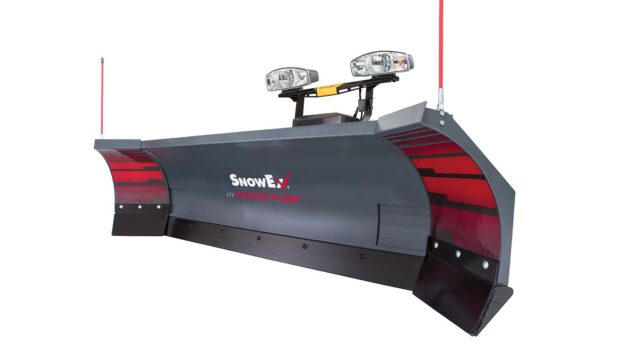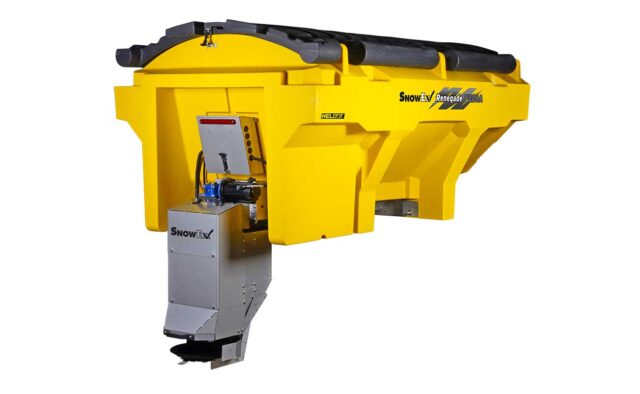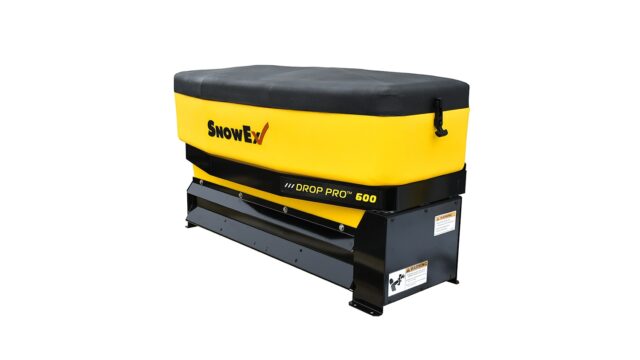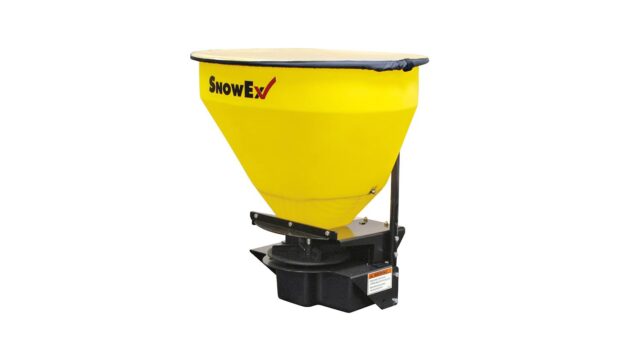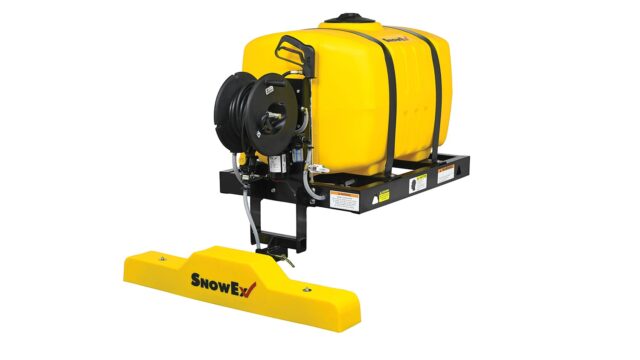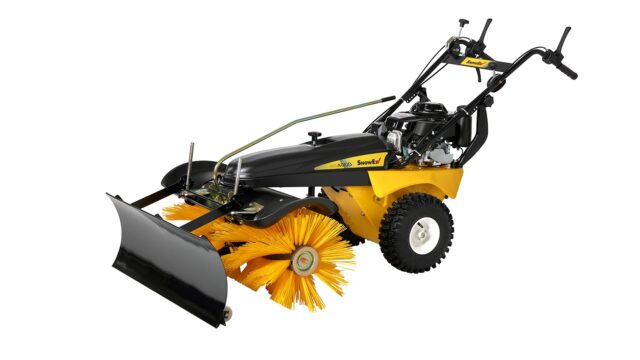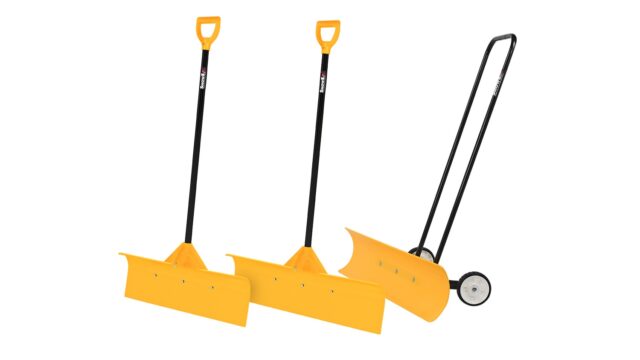The 6-Components Your Liqui Maxx™ Sprayer Deserves for Added Efficiency & Performance
Created February 26, 2021

For the ideal Liqui Maxx™ sprayer setup, there are a few key components you need to consider. The modular design allows you to interchange and customize the sprayer for various operations and vehicle types. Learn how to turn your liquid brine sprayer into an efficient, top performer for anti-icing and post-treatment needs.
1) Selecting the Right Size Brine Tank
The Liqui Maxx sprayer is engineered for municipal and commercial applications ranging from a class 3 to a class 6 flatbed truck. When trying to decide which size brine tank to get, it really comes down to what can fit in your rig. Both the overall dimensions and total weight of the product (fully filled with brine) must be considered when selecting a tank size.
There are four tank sizes ranging from 300 to 1,250 gallon capacity, going upwards of 3,500 to 13,500 lbs when full. It’s important to factor in that liquid brine has a specific density greater than normal water—a gallon of brine is approximately 10 lbs., as opposed to a gallon of water, which is approximately 8 lbs. The key is not overloading your vehicle and knowing the intended gross vehicle weight rating (GVWR) according to manufacturer guidelines.
2) Stop & Go As You Please With Electric Start
The optional electric start makes it extremely convenient to start/stop the engine and operate the choke without leaving the warmth of your vehicle cab. This also improves fuel conservation since snow and ice contractors usually range in speed with constant stop and go.
3) You Can’t Go Wrong With the Deluxe Control
Bring your liquid sprayer to life with the deluxe control. It features a large easy-to-read liquid crystal display, rotary dial, and lighted panel for night use. This control drives the automatic adjustments needed to compensate for all variables so you can safely focus your attention on driving.
Watch the videos below to properly calibrate the settings for your Liqui Maxx Deluxe Control. This is needed before you can use the system to its full potential.
Liqui Maxx Basic Calibration Procedure
Liqui Maxx Special Calibration Procedure
4) Automate Your Setup With a GPS Ground Speed Sensor
Even though the deluxe control may seem a bit intimidating at first, when you equip it with the GPS Ground Speed Sensor, it does all the work for you. Place the magnetic sensor on the outside of the vehicle hood to track and communicate the ground speed back to the Deluxe Control. This will give you a more accurate reading without being exposed to snow covered trees or anything else that could hit it.
Adjust the settings to accommodate for ground conditions and temperature so that the application rate is set to your specific needs. This is typically 20 to 30 gallons per acre although certain circumstances could require 80 to 100 gallons per acre for heavier deicing needs. The control will factor this in and automatically change the liquid flow rate depending on how fast you are driving.
5) A Hose Reel Kit Can Make Stairs & Tight Areas Easier to Access
If you have properties with stairs, curbs, or sidewalks and need spot spraying capabilities, the hose reel kit is the perfect addition to increase versatility. Without it, the truck may not be able to get close enough to entryways and can accidently overshoot into grass and garden beds. Get more precise control and reduce turf damage with the hose reel that bolts directly to the sprayer frame—equipped with a 100-foot hose and spray wand for easy liquid application.
6) Poly Boom Nozzle Selection & Configuration for Proper Application Rates
The 3-zone poly boom offers superior rust resistance against corrosive materials. The center downward spray zone has 8 triple rotary nozzles with three speed ranges. Two side wings spray outward and allow for a wider spray pattern up to three lanes wide. These can be manually adjusted for direction and flow rate, with 24 feet total spray width capabilities.
There are three spray patterns available for different applications: tri-stream, pencil, and fan.
- Tri-stream is the most popular mode because it works well for both anti-icing pre-treatments as well as post-treatment needs to ensure pavement stays clear after plowing.
- Pencil mode is more concentrated and blasts pressure in a single stream, intended to help break up ice for post-treatment deicing needs.
- Fan is probably used the least since it is more of a mist and requires ideal conditions, meant for small areas where it’s not super windy.
Standard nozzles are interchangeable for meeting target application rates up to 8 feet wide at an operating pressure between 30 and 40 psi. This chart can help with nozzle selection.

Before running your sprayer, review the Liqui Maxx Pre-Application Checklist to set you up for success with a precise, even, and accurate application. Parts lists, installation guides and owner’s manuals are available in our publications library. Interested in learning more about the world of liquid brine? Browse additional resources in our liquid training center.









